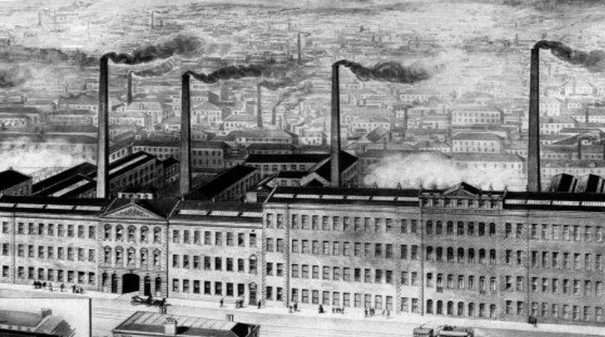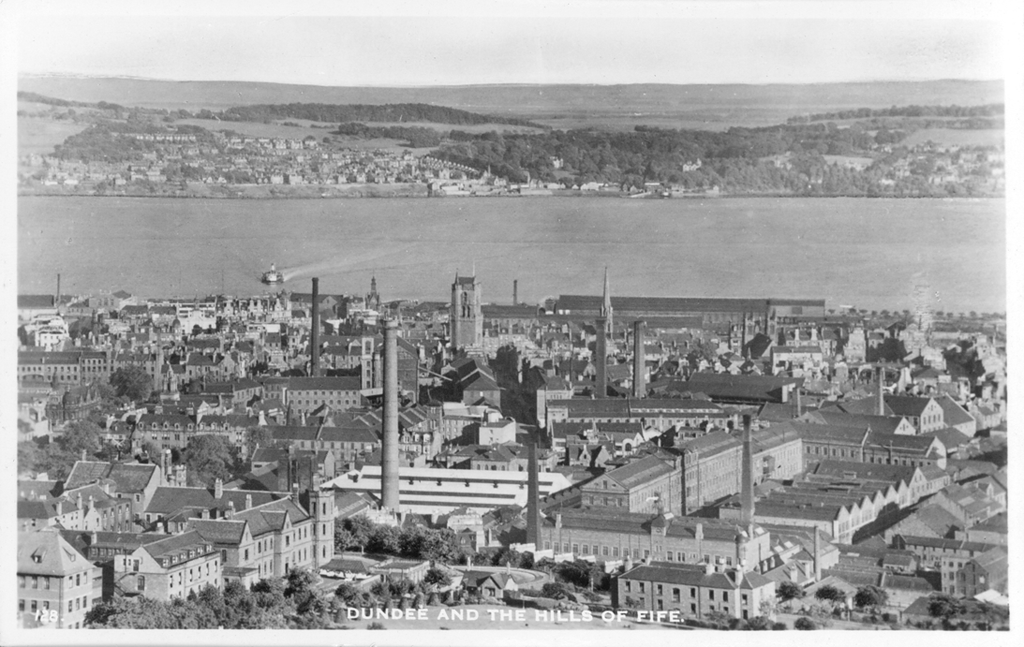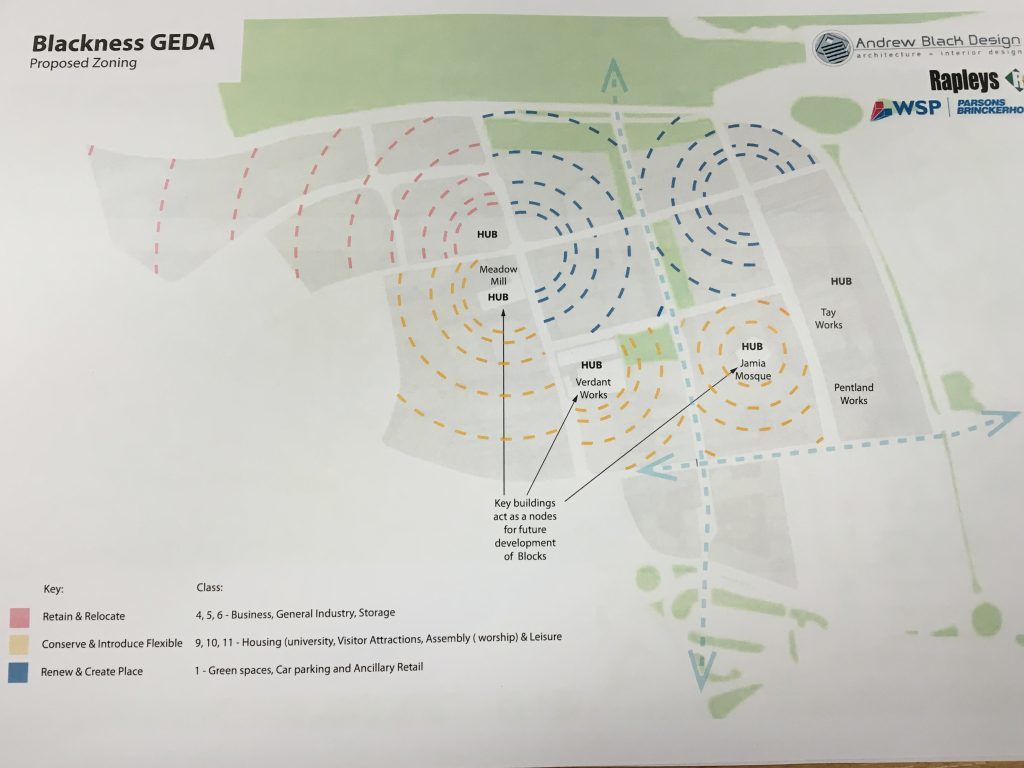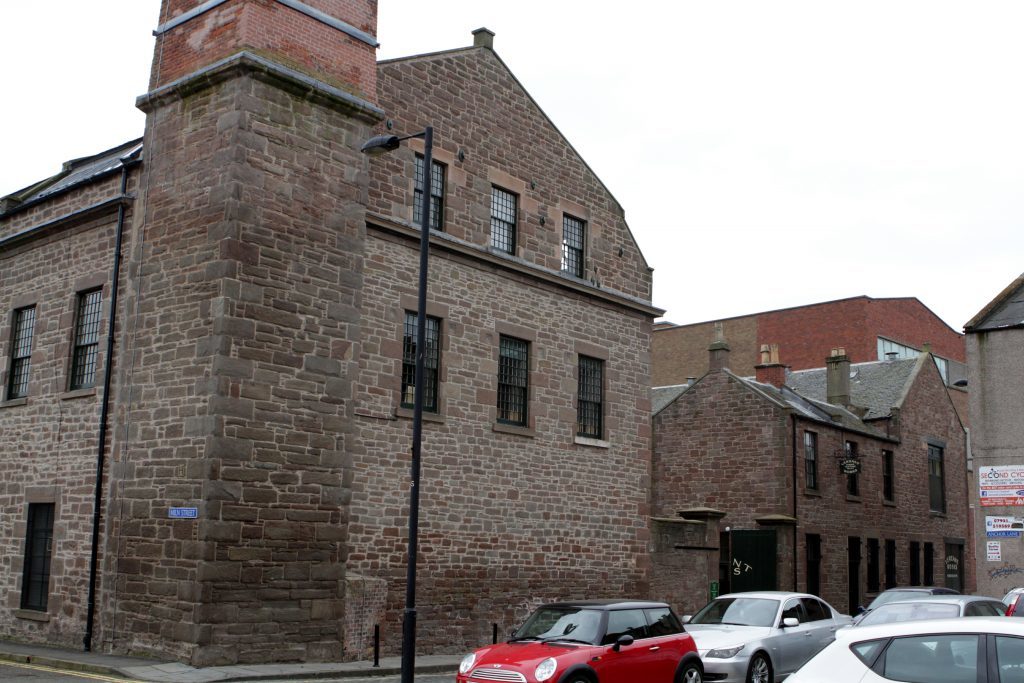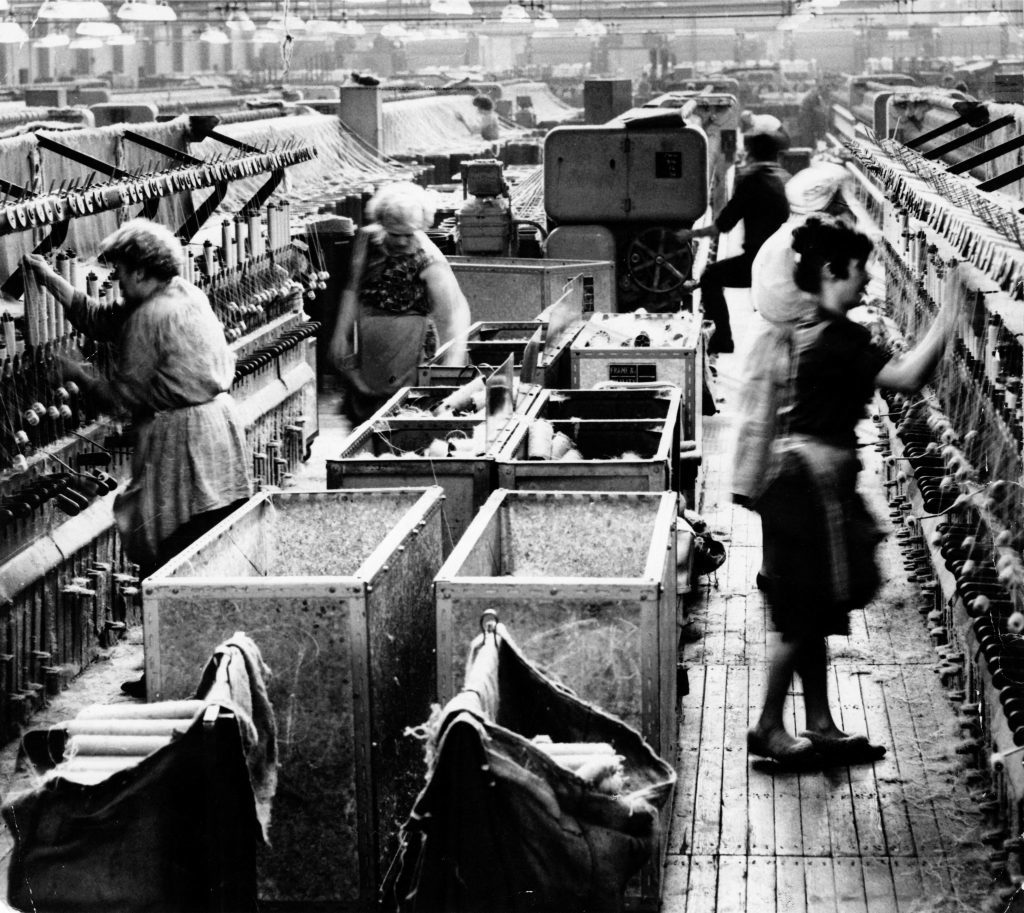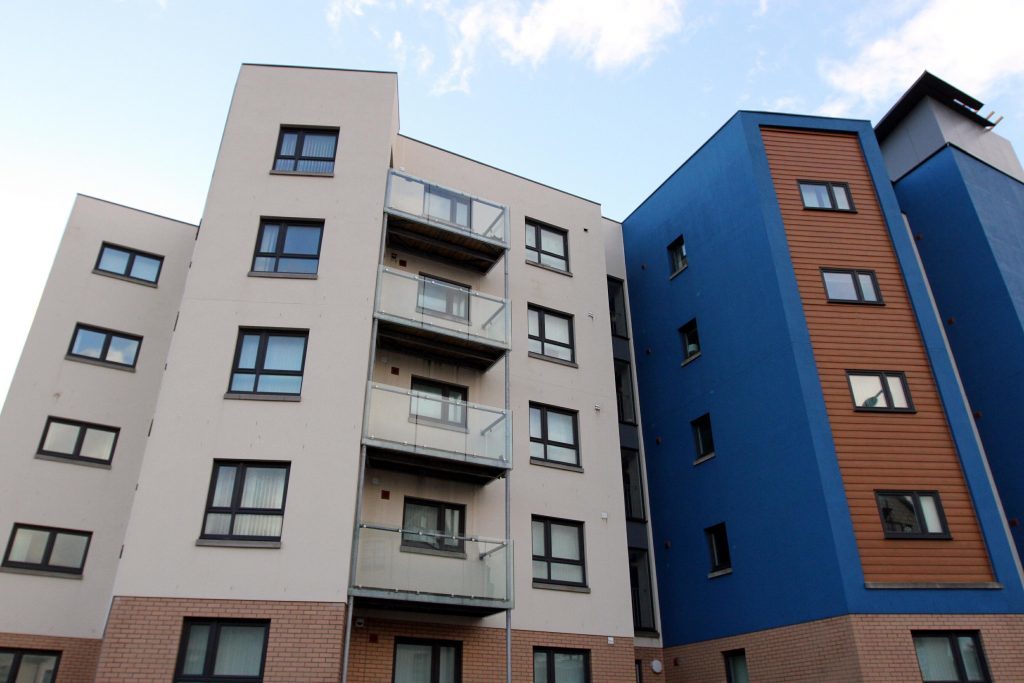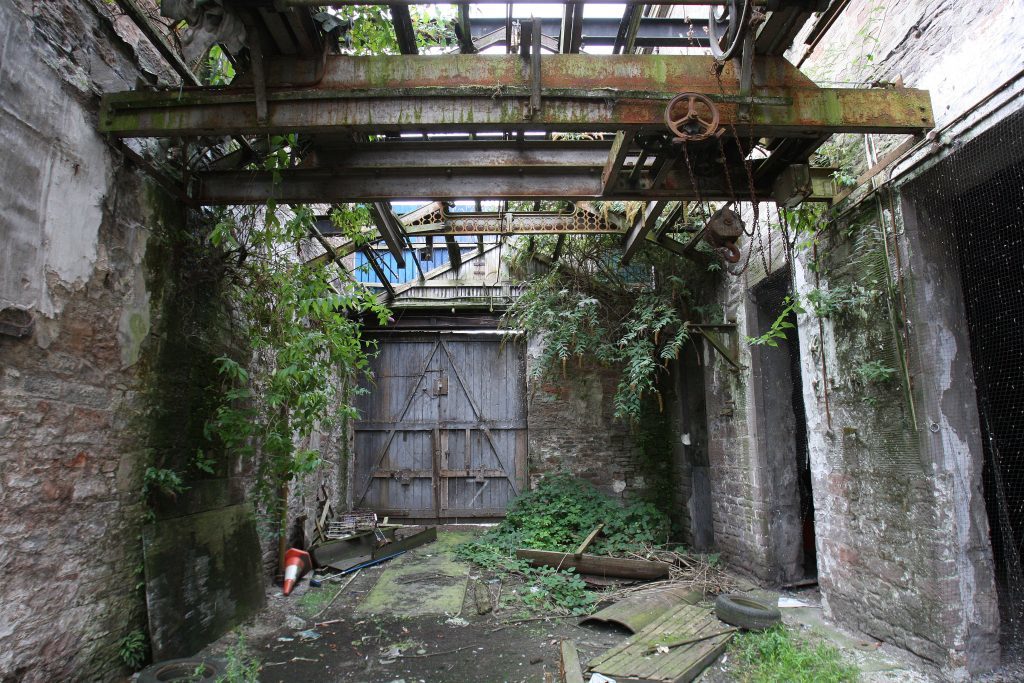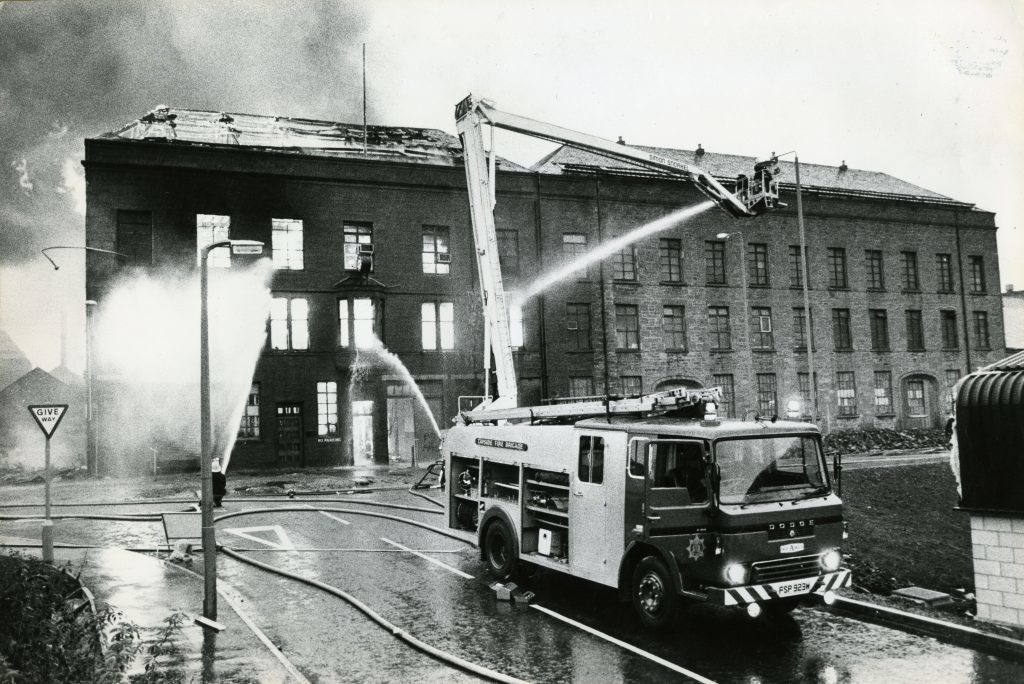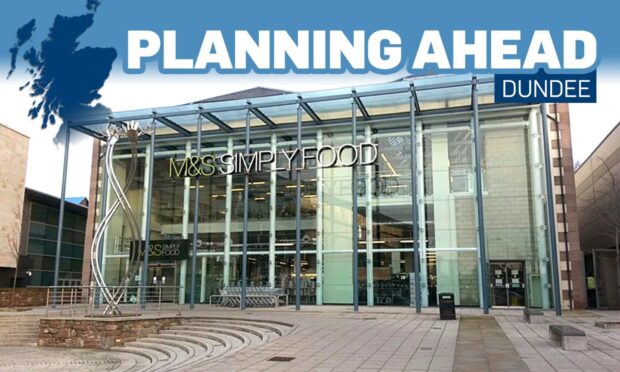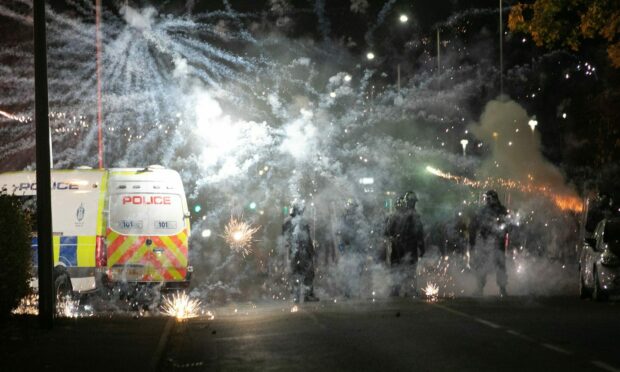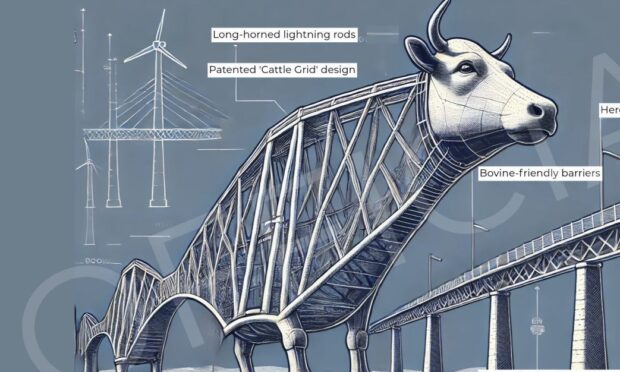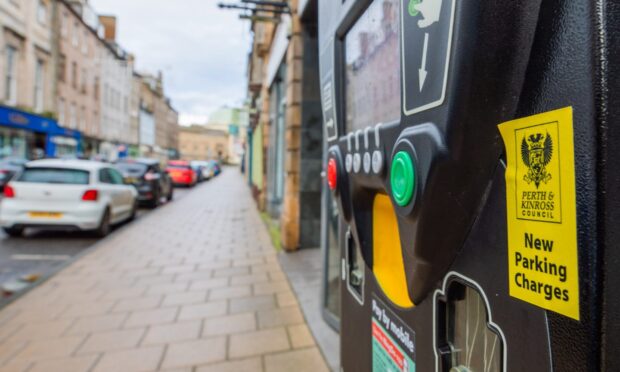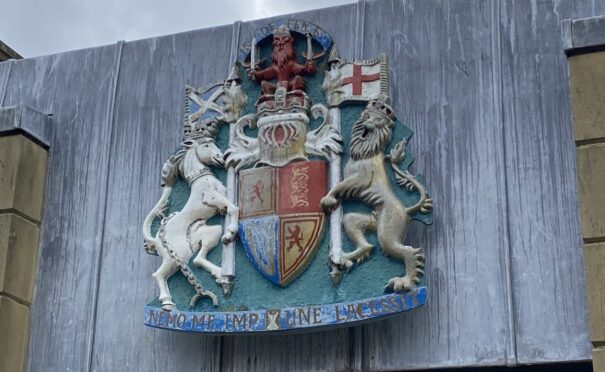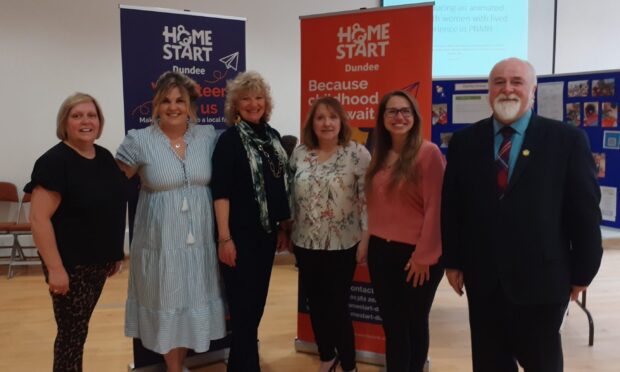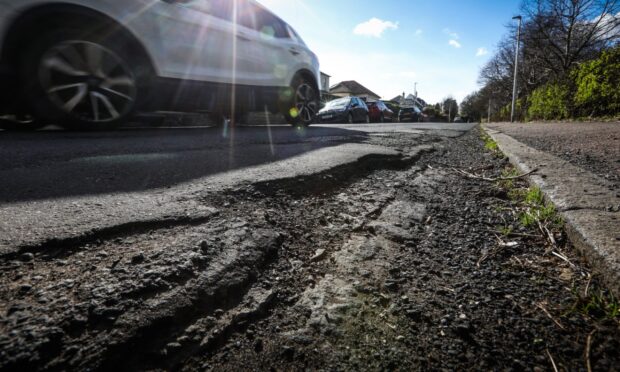Can Dundee’s inner city district of Blackness capitalise on its industrial past to reap the benefits of the city’s renaissance? Michael Alexander investigates.
It has the highest concentration of listed buildings in Dundee and was once the most densely populated part of the city with the highest concentration of jute mills and chimneys in the UK.
There’s no denying that the Blackness area of the inner city has a vibrant industrial past.
But should Dundee City Council, through its responsibility as the planning authority, be protecting the former industrial buildings that remain, by giving more change of use flexibility to improve and keep them?
Are there opportunities to review parking and pedestrian links between Dudhope Park, Blackness and the £1 billion regeneration of the waterfront?
Should more public green spaces be introduced into the former industrial landscape?
And is regeneration and reuse of vacant upper floors the answer to making safe old mills?
These are just some of the questions that are being posed by Edinburgh-based commercial property and town planning consultancy Rapleys as it prepares to invite landowners to a “hustings” event within the Blackness area on May 31.
Earlier this year, Rapleys responded to Dundee City Council and made a representation to its Main Issues Report, which is an early stage in the council’s process of review and eventual replacement of its current adopted local plan – the blueprint for development in the area during the decade ahead.
The Main Issues Report asks pertinent questions about issues and options that might effect change in future.
The City Council has already acknowledged that, at present, the planning policies relating to development allowed in the Blackness General Economic Development Area (GEDA) only permit business relating to industry, warehousing or storage or related or compatible business activities such as motor workshops and repairs.
However, over the years it has become evident that changes of use of some buildings within the GEDA economic zone have been allowed. These have ranged from the Verdant Works and High Mill visitor attractions, dance venues and a mosque, to student accommodation, repair workshops and creative art and craft centres.
Now Rapleys has given its general backing to the idea of more flexibility when making planning decisions within the GEDA economic zone.
It believes that given Blackness’ history as the heart of Dundee’s industrial past, it has huge potential to benefit Dundee’s future economic improvement as the waterfront and other high profile projects roll out.
“We want to see further positive change in the city, which is evidenced through the major regeneration of the waterfront on-going today, “ said Neil Gray, a Dundee University graduate who is now a town planning partner with Rapleys.
“But we also want to see future change in the inner city districts such as Blackness because of its industrial heritage and its relevance to effect major regeneration and economic development themes of today.”
Mr Gray said the purpose of the hustings will be to informally present ideas for further presentation and discussion with Dundee City Council planners.
He added: “Whilst there is mutual support for the idea of relaxing future planning policy to help attract more occupiers and businesses into the GEDA, we also believe other property issues affecting all historic industrial building owners will have an impact on property decisions, such as the Scottish Government’s reduction of empty buildings business rates relief or the need for many protected historic buildings to be upgraded to comply with strict energy efficiency rules introduced by the government and EU to help address climate change.
“We also believe the proximity of the GEDA to the city centre and university campus offers an opportunity to have a longer term vision for the future shape of the GEDA which may involve allowing compatible new uses in this historic location.”
Mr Gray said the hustings would take the form of two 30 minute sessions delivered by Rapleys and its team of architects (Andrew Black Design), engineers (WSP Parsons Brinkerhoff) and project cost consultants (Axiom Project Services).
So far 15 interested landowners have expressed an interest in attending, but organisers would like to hear from more.
Rapleys have been working with the City Council, Dundee and Angus Chamber of Commerce, entrepreneurs and with the two universities’ estates department. They have also been speaking to businesses with buildings in the area including Oastler and Co; Courier publishers DC Thomson & Co Ltd; Dundee Industrial Association; EY Thomson & Sons and Total Business Furniture. They have also consulted with Dundee Islamic Society who opened a mosque within the zone.
Dundee City Council, which held its own drop-in consultation in January, told The Courier the local development plan review is on-going.
Will Dawson convener of Dundee City Council’s city development committee said: “The consultation process considers a planning policy approach aimed at bringing vacant, derelict or underused land and buildings back into productive use, as well as improving employment opportunities and productivity.
“It also highlights the potential to create a more vibrant and high quality place by improving the quality of the built environment; strengthening the existing character and identity; increasing connectivity; and making the area more attractive, safe and welcoming.”
*The hustings will be held in the Wasps Artists Studios, Meadow Mill, West Hendersons Wynd, on Tuesday May 31 during lunchtime.
To find out more about attending contact Neil Gray at Rapleys – Neil.Gray@rapleys.com
